
We all know LinkedIn is the social media platform for professionals so that would be a very good place, to not only find jobs, but find potential clients as well.
Of course, there are different strategies to utilize the platform to benefit from and we’ll get into one in this article – How to reach out to potential clients on LinkedIn.
We’re still in the process of testing different types of strategies out on LinkedIn and there’s just too much to cover so we’ll post more very soon (as well as include free message templates to use on LinkedIn on our email newsletter) but in the meantime, let’s get into reaching out to potential clients the right way so you actually get responses.
Before we continue, there is a difference between a free LinkedIn account (which limits you on a lot of things) versus Premium. We’re writing this article assuming you only have a free account in case you never want to pay for their Premium plan.
How To Reach Out To Potential Clients On LinkedIn
 Do A Little Research First – If you’re contacting them with a generic message, anyone can see it’s not genuine and you’ll miss the connection. Do a little research first, especially if it’s someone you randomly added as a connection.
Do A Little Research First – If you’re contacting them with a generic message, anyone can see it’s not genuine and you’ll miss the connection. Do a little research first, especially if it’s someone you randomly added as a connection.
Find out what type of work they do, what their goals and skills are, if they are even active on LinkedIn (it’ll show their activity on their profile), etc.
Just imagine if you sent them a generic message and their current job is exactly what you do. That’d be embarrassing.
Warm Up To Them – If you’re sending a random person a connection, try to attach a personalized short message as it’ll probably help them accept your connection request.
Once you’re connected, do not send them a private message immediately. Instead, plant seeds to warm up to them. Engage with their posts by liking and commenting with thoughtful messages. Often times they’ll respond to you in their comments as well.
This will help you get noticed and if you engage thoughtfully, you’ll slowly turn a cold lead into a lukewarm one. Eventually this will open the door for it to be acceptable to bring the conversation over to a private message and they’ll be more keen to reply now that they have an idea on who you are and that you had thoughtful things to say to connect.
 Find Common Ground – If you’ve warmed up to them already and they’ve been replying to your comments on their posts, now you have some common ground interests to work with.
Find Common Ground – If you’ve warmed up to them already and they’ve been replying to your comments on their posts, now you have some common ground interests to work with.
If you still don’t have common grounds, find some. It makes it easier. Whether it’s mutual interests, connections, groups that you’re both in, things they’ve posted that you’re also interested in, it could be anything.
Just the other week I had a Zoom meet with a founder of a new company and they brought up that their business partner went to the same university I went to. Imagine if I didn’t have someone introducing me, I could’ve mentioned that we were both alum and connect that way.
Keep It Short – Remember the platforms you’re connecting on, especially when it’s through private messaging. You don’t want to write a novel to them, you want to save that conversation for a meeting or a phone call with them. The private message should be short with the intent of connecting outside of private messaging.
Some people like to transition to emails, some like setting up phone calls or Zoom meets and some try to schedule to meet in person. Either way, keep it short so you can save the long conversation for the next step.
 Do NOT Sell Them Anything, Learn About Them – If you’ve gotten to the point where they’ve cracked open the door for you to send them a private message, don’t instantly become a salesperson!
Do NOT Sell Them Anything, Learn About Them – If you’ve gotten to the point where they’ve cracked open the door for you to send them a private message, don’t instantly become a salesperson!
One of the biggest mistakes I’ve seen (and I’ve definitely been guilty of this) is being a salesperson from the get go. This is often a turnoff to them and they may even just delete you as a connection.
Instead, put your description of what you do or your title as your tagline on your profile. When they hover over your profile, that information is shown.
Try to find more about them, their business, their position in the company, etc. Learn about them and more often than not, they’ll want to find out more about you in return.
Think about it like this… if you ask someone “how are you?” and they answer, odds are they’ll probably ask “how are you” as well.
Give Them A Reason To Reply – If you don’t give them a reason to reply, why would they? Asking questions, pulling them into the conversation, set them up so they want to reply to you.
If you write a sentence or two as a statement, that pretty much ends the conversation as it doesn’t give them room to reply.
Conclusion
There are a lot of different ways on how to message potential clients on LinkedIn but since everyone is different, there’s no universal way of doing it.
Some people automate (which I wouldn’t recommend as your messages end up getting hidden and marked as spam), some people try to sell on initial conversations and I’m sure others try other ways. I’m sure some have gotten responses but the conversion rate is probably very low.
We’ve been experimenting on trying different strategies and thinking out the box so we’ll continue to post updates so make sure you’re subscribed to our email newsletter so you don’t miss out!
Hope this helps!

 When you’re in a creative profession such as being a videographer, filmmaker, photographer, designer, artist, etc, and you’re working with clients, chances are you’ll run into someone that hires you because they like your creative style.
When you’re in a creative profession such as being a videographer, filmmaker, photographer, designer, artist, etc, and you’re working with clients, chances are you’ll run into someone that hires you because they like your creative style. Keep Your Style The Way It Is – If you have a specific style, and most artists (photographers, designers, etc) do, you may not want to change your style as it takes away from your brand and what you’re known for.
Keep Your Style The Way It Is – If you have a specific style, and most artists (photographers, designers, etc) do, you may not want to change your style as it takes away from your brand and what you’re known for. 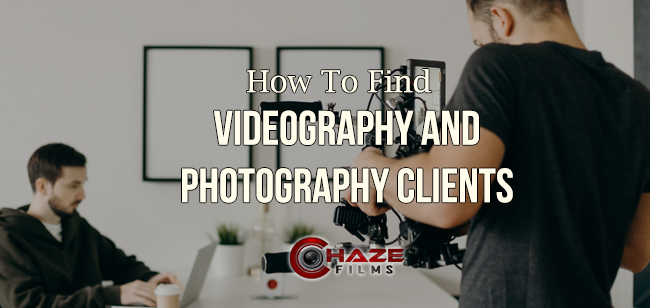
 Have A Portfolio Or Examples Of Your Work – Even if you were the best salesperson out there, in this industry, you need some sort of portfolio to back up the quality of your work. No matter how much they may like you, they’re probably not going to hire you based solely on that.
Have A Portfolio Or Examples Of Your Work – Even if you were the best salesperson out there, in this industry, you need some sort of portfolio to back up the quality of your work. No matter how much they may like you, they’re probably not going to hire you based solely on that.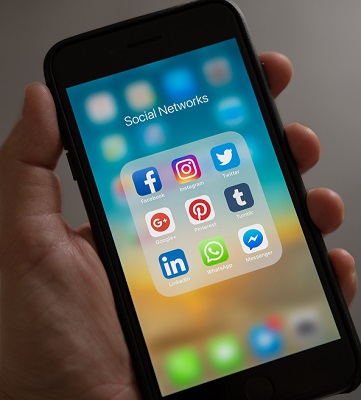
 Joining groups and communities will help a lot as long as you’re not spamming. Even if someone you’ve talked to and networked with doesn’t need your services, it doesn’t mean they don’t know someone that does.
Joining groups and communities will help a lot as long as you’re not spamming. Even if someone you’ve talked to and networked with doesn’t need your services, it doesn’t mean they don’t know someone that does.
 Responding To Inquiry
Responding To Inquiry Schedule Discovery Call
Schedule Discovery Call Check-In Before Film Day Shoot
Check-In Before Film Day Shoot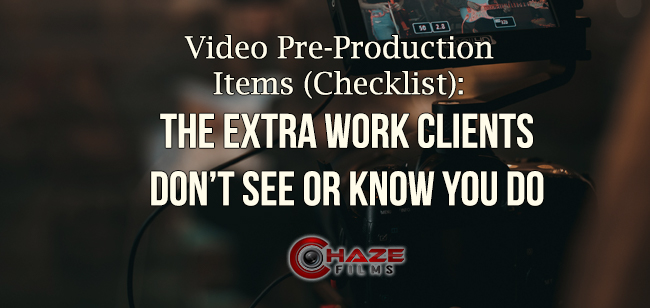
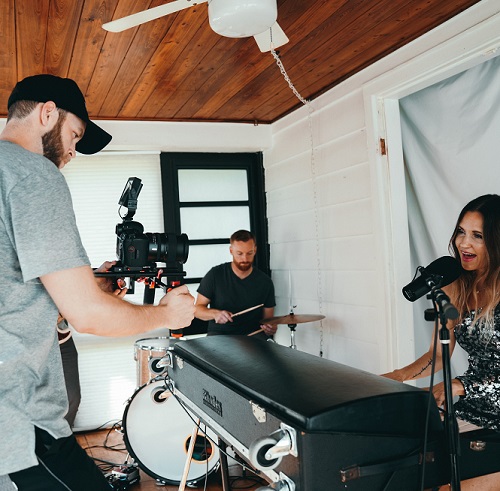 Creative Development – This comes after research because once you understand the clients’ needs/wants, now you’re able to come up with ideas and concepts on the video project to help them separate their business/video from others.
Creative Development – This comes after research because once you understand the clients’ needs/wants, now you’re able to come up with ideas and concepts on the video project to help them separate their business/video from others. 

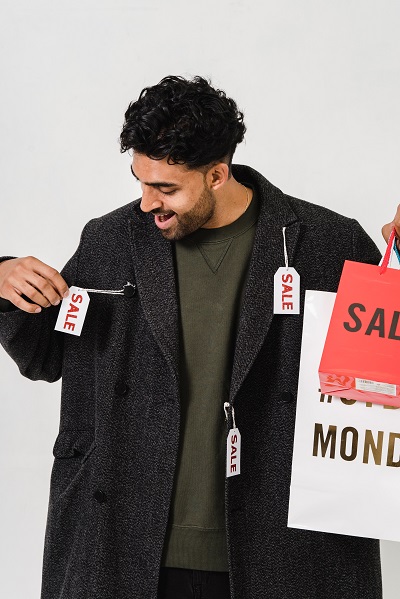 By Lowering Your Prices – Some people, especially those looking for immediate work or in need of money, will lower their prices just to get paid something.
By Lowering Your Prices – Some people, especially those looking for immediate work or in need of money, will lower their prices just to get paid something.  Not Replying At All – One of the worst things you can do with your business is not responding to a potential client at all (even if you feel it’s a waste of time). Not only is this unprofessional but it can potentially damage your reputation and you can lose more than just that one client.
Not Replying At All – One of the worst things you can do with your business is not responding to a potential client at all (even if you feel it’s a waste of time). Not only is this unprofessional but it can potentially damage your reputation and you can lose more than just that one client.  Enlighten Them – As I mentioned, a lot of people simply are unaware of how pricing is or even how much work is actually involved so here’s your chance to enlighten them.
Enlighten Them – As I mentioned, a lot of people simply are unaware of how pricing is or even how much work is actually involved so here’s your chance to enlighten them. 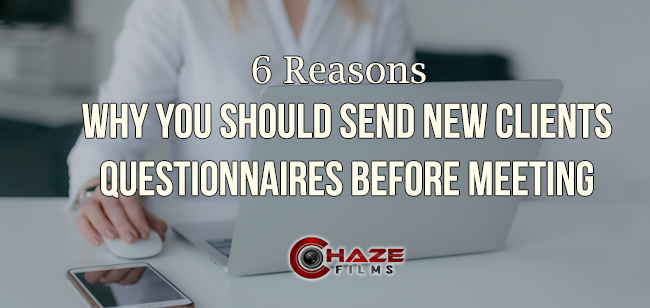
 It Helps You Understand Their Wants/Needs For The Project
It Helps You Understand Their Wants/Needs For The Project Helps Your Client Understand Their Own Wants For The Project
Helps Your Client Understand Their Own Wants For The Project Avoid The Awkward “What Is Your Budget?” Talk
Avoid The Awkward “What Is Your Budget?” Talk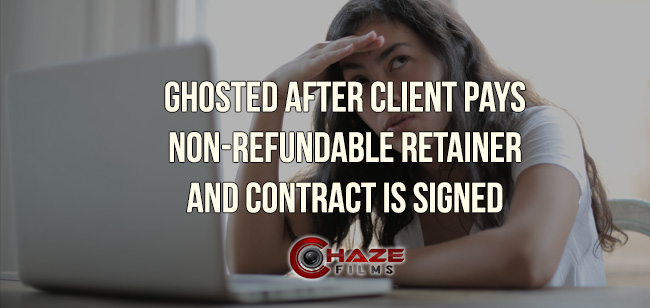
 We’ve all heard of “being ghosted” in dating terms when a person never hears back from someone, especially when they thought things went well, but nowadays, it happens even in the business world.
We’ve all heard of “being ghosted” in dating terms when a person never hears back from someone, especially when they thought things went well, but nowadays, it happens even in the business world.  Believe it or not, this has happened to us on three different occasions. Each time that this has happened has been slightly different but this is how the process generally goes:
Believe it or not, this has happened to us on three different occasions. Each time that this has happened has been slightly different but this is how the process generally goes: We know what you’re probably thinking: “They paid you a non-refundable retainer, FREE money for doing nothing! Keep it and move on!”
We know what you’re probably thinking: “They paid you a non-refundable retainer, FREE money for doing nothing! Keep it and move on!” Reach out multiple times in different ways (emails, phone, social media): We understand people get busy so courtesy follow-up usually works. But after a couple of months of no response, we’ll eventually send an email stating if we don’t hear back by a certain date, we’ll assume they no longer need our services and any payments up to that point will be forfeited.
Reach out multiple times in different ways (emails, phone, social media): We understand people get busy so courtesy follow-up usually works. But after a couple of months of no response, we’ll eventually send an email stating if we don’t hear back by a certain date, we’ll assume they no longer need our services and any payments up to that point will be forfeited.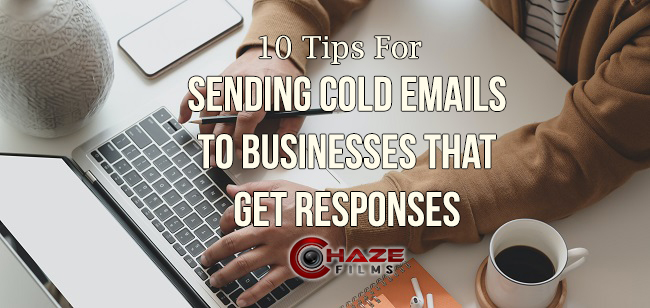
 Are there businesses or clients that you would love to offer your service or business to but you don’t know what to say when sending them an email? Your initial “cold” email to a business or potential client you’ve never talked to will determine if they actually take the time to read it and respond versus them deleting it almost instantly.
Are there businesses or clients that you would love to offer your service or business to but you don’t know what to say when sending them an email? Your initial “cold” email to a business or potential client you’ve never talked to will determine if they actually take the time to read it and respond versus them deleting it almost instantly.  If you’re reaching out to a business, at the very least, you should know what they do and what you can offer to help them. That should be a given but you should go in even more detail when you’re researching.
If you’re reaching out to a business, at the very least, you should know what they do and what you can offer to help them. That should be a given but you should go in even more detail when you’re researching.  You’ve done your research on them, now introduce yourself so they can do their research on you, if they wanted. Make sure you have a website, social media and other places where they can find more information about you because after all, you are a stranger to them so they’ll probably want to do some research on you as well.
You’ve done your research on them, now introduce yourself so they can do their research on you, if they wanted. Make sure you have a website, social media and other places where they can find more information about you because after all, you are a stranger to them so they’ll probably want to do some research on you as well.  Did you help another business grow? Did you help them create such an amazing video that they received lots of exposure or new customers from it? Show them this proof.
Did you help another business grow? Did you help them create such an amazing video that they received lots of exposure or new customers from it? Show them this proof.